Holding your pickleball paddle correctly is a game-changer on the court.
A good grip means better ball control, strength, and precision, setting you up for a variety of shots.
Whether you’re a beginner unsure about your grip or an experienced player looking to refine your hold, this guide is your one-stop resource.
We dive deep into the three most common pickleball grips, weighing their pros and cons, and help you find the grip that suits your style.
The Power of the Right Grip in Pickleball
1. Continental Grip: The Beginner’s Choice
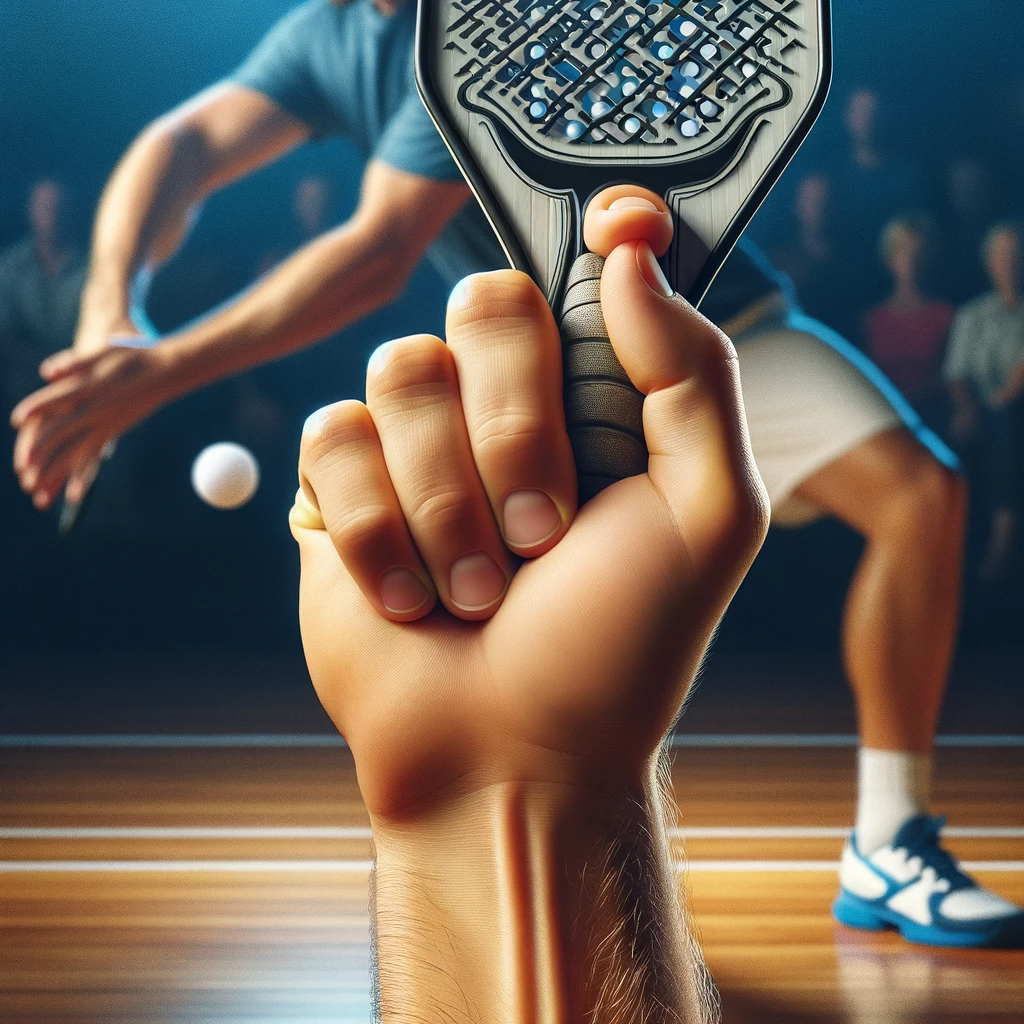
Often the first grip taught to beginners, the Continental, or ‘hammer grip,’ mirrors how you hold a hammer.
For this grip, position your index finger’s knuckle slightly right (or left for left-handers) of the top flat bevel on the handle, forming a V between your thumb and index finger.
This grip favors the backhand, offering power and control, especially beneficial for newcomers.
2. Eastern Grip: The Handshake Method
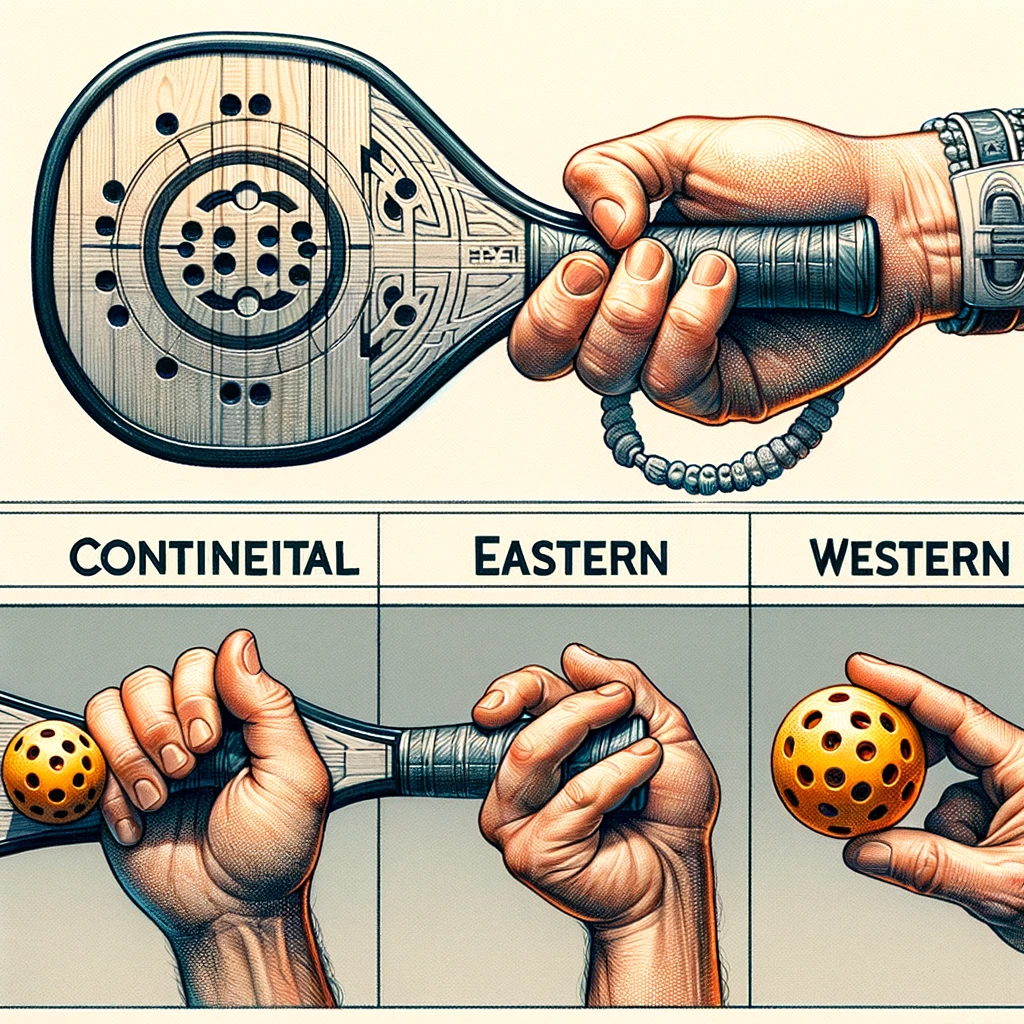
The Eastern grip, akin to a handshake, is another favorite among beginners.
Extend your hand as if shaking hands and wrap it around the paddle handle.
Your index finger’s knuckle should rest on the second bevel to the right (or left for left-handers) of the top flat bevel.
This neutral grip is flexible, making it easy for beginners to handle serves, forehands, and backhands without adjusting their grip.
3. Western Grip: For Advanced Topspin
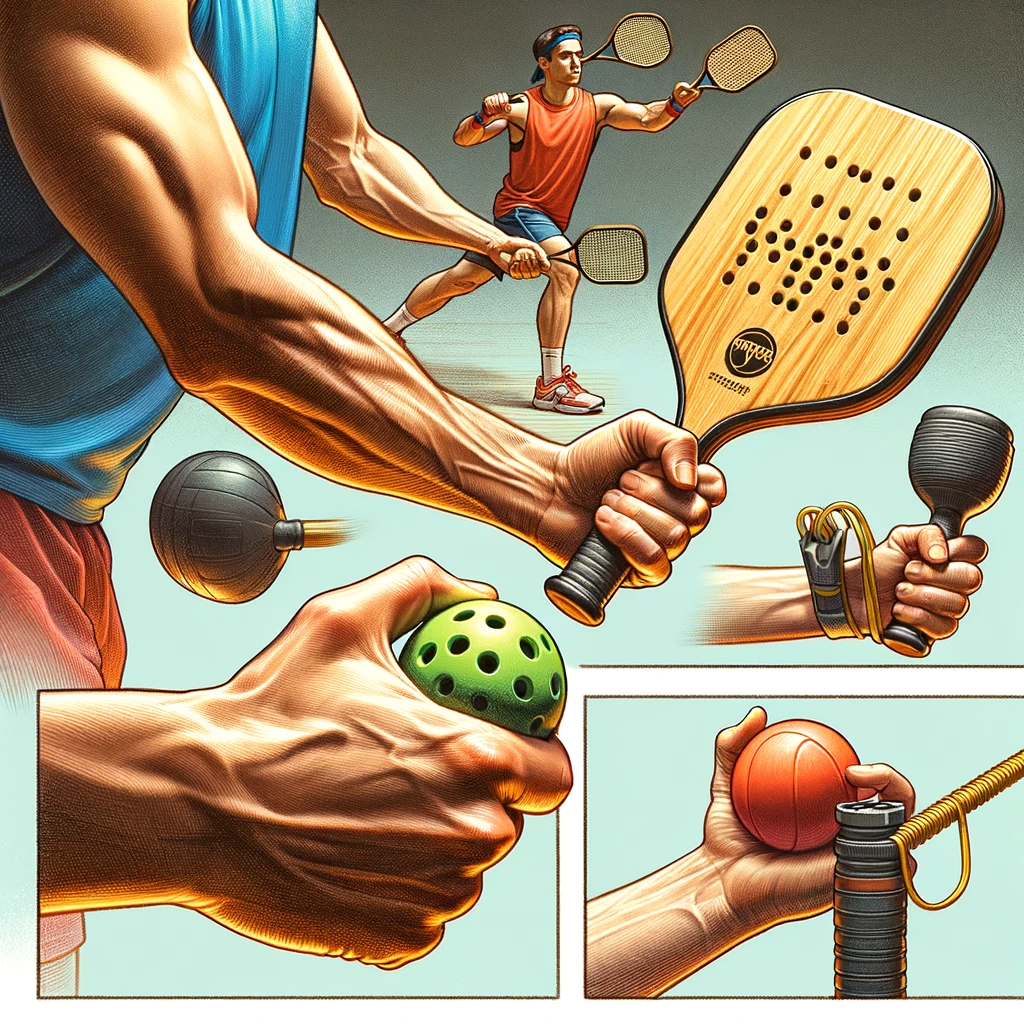
Transitioning from the Eastern grip, the Western grip involves rotating your hand one bevel further.
It’s like holding a frying pan – effective for top spin and powerful shots.
However, this grip is less common and not recommended for beginners due to its complexity in handling backhand shots.
Understanding the Advantages and Limitations of Each Grip
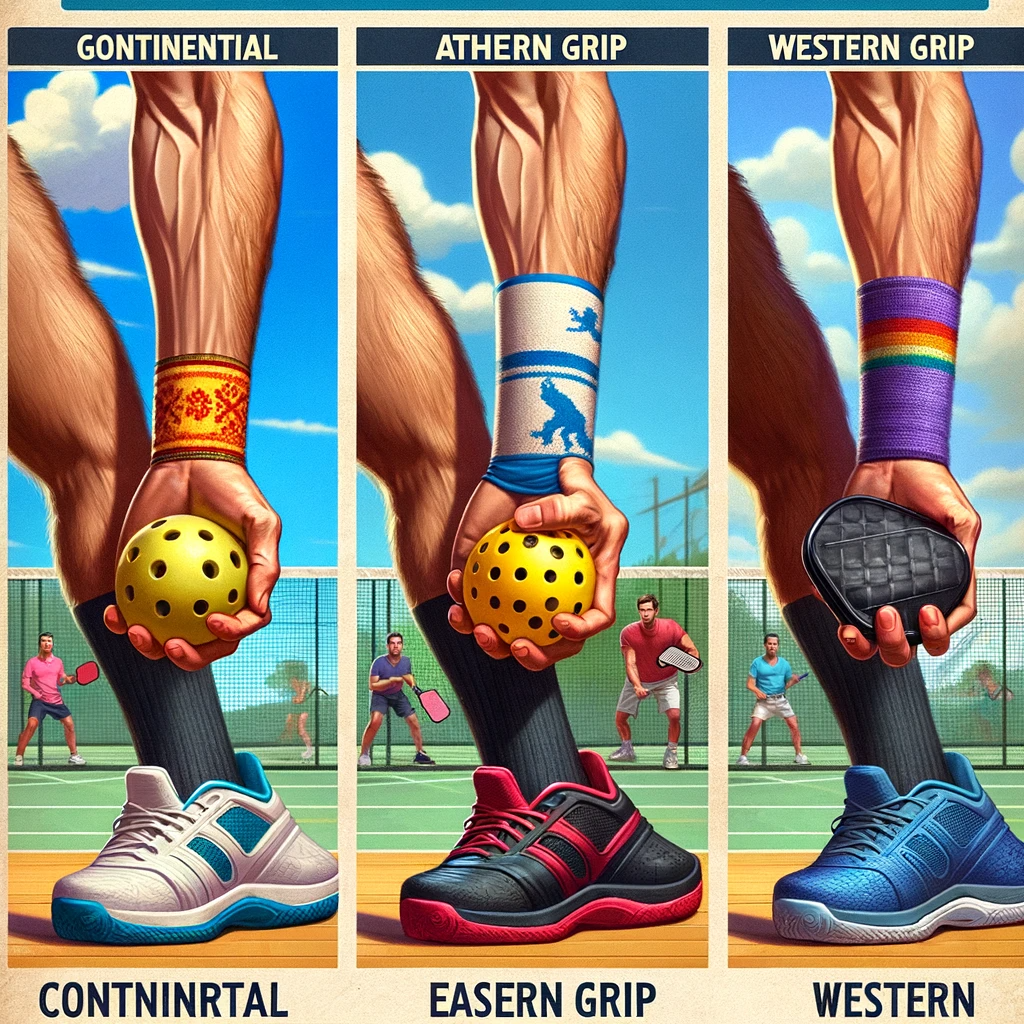
Each grip has its unique benefits and drawbacks.
The Continental grip, while slightly less powerful for forehand shots, provides a balanced play.
The Eastern grip, offering a natural hand position, might limit experienced players in topspin generation.
The Western grip, although powerful for forehands, presents challenges in backhand shots and low hits.
Does Grip Style Really Matter?
Absolutely! Your grip influences your game significantly.
Some players might even adopt variations, like placing a finger on the paddle surface for more control.
Remember, the grip isn’t just about how you hold the paddle but also involves the size and feel of the paddle grip.
Over-wraps or replacement grips can enhance your grip comfort and control.
Tips for Mastering and Switching Grips
- Start by mastering one grip before moving to others.
- Practice each grip in different scenarios, possibly with a pickleball machine.
- During practice, try switching grips after every rally.
- Observe the ball’s spin and bounce, adjusting your grip accordingly.
- Consider professional coaching for advanced techniques.
- Experiment with different grips to find what works best for you.
Enhancing Your Grip Strength and Adjusting Grip Tightness
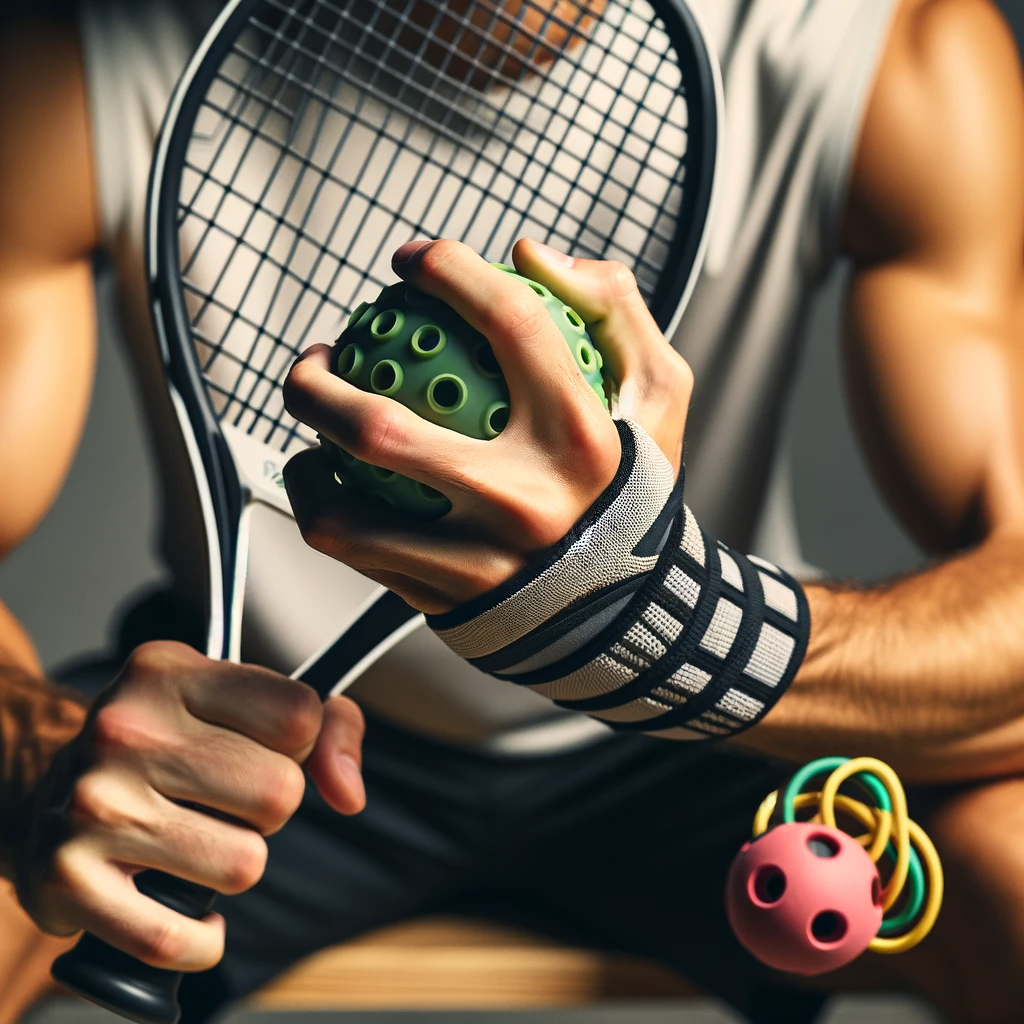
Besides mastering the grip style, work on your hand and forearm strength off-court.
A relaxed and loose grip, with the pressure mostly on the fingers, is ideal.
Coaches often suggest a grip pressure of about 3-4 out of 10 for optimal control.
Conclusion: Embrace Adaptability in Your Grip Choice
Mastering all three grip styles and knowing when to use each can significantly elevate your pickleball game.
Share your experiences or tips on our social media platforms; we love hearing from fellow enthusiasts!
Have you tried these grips?
What’s your preferred style?
Let us know and join the pickleball conversation!



